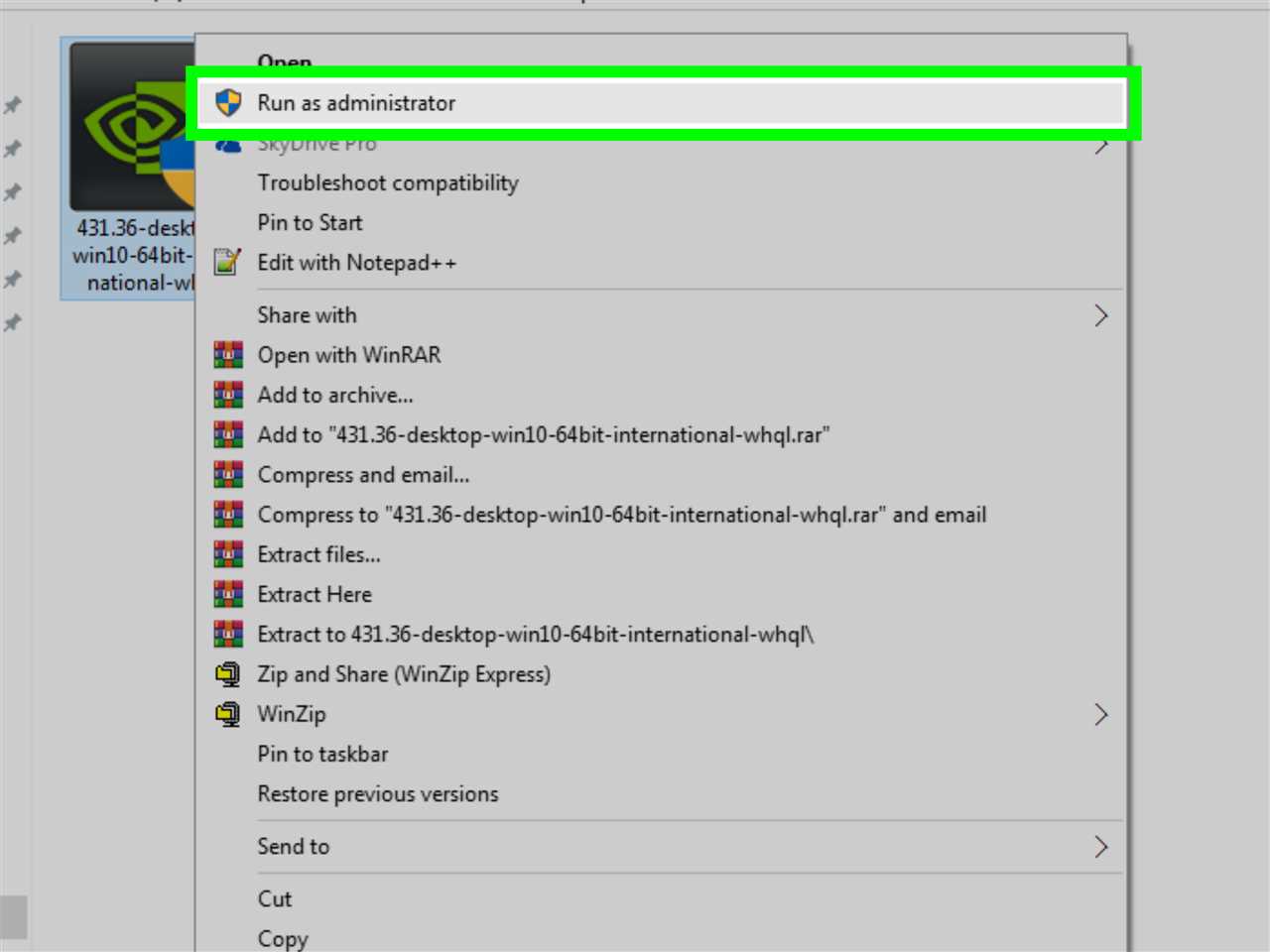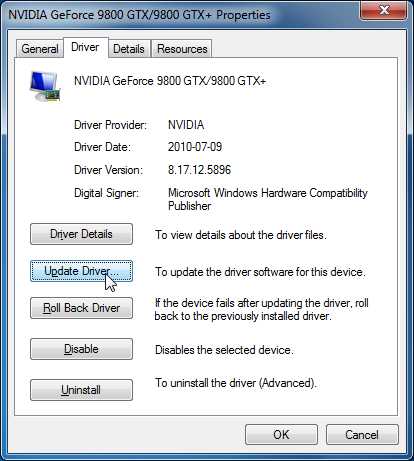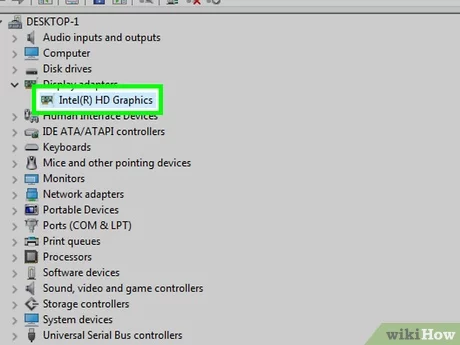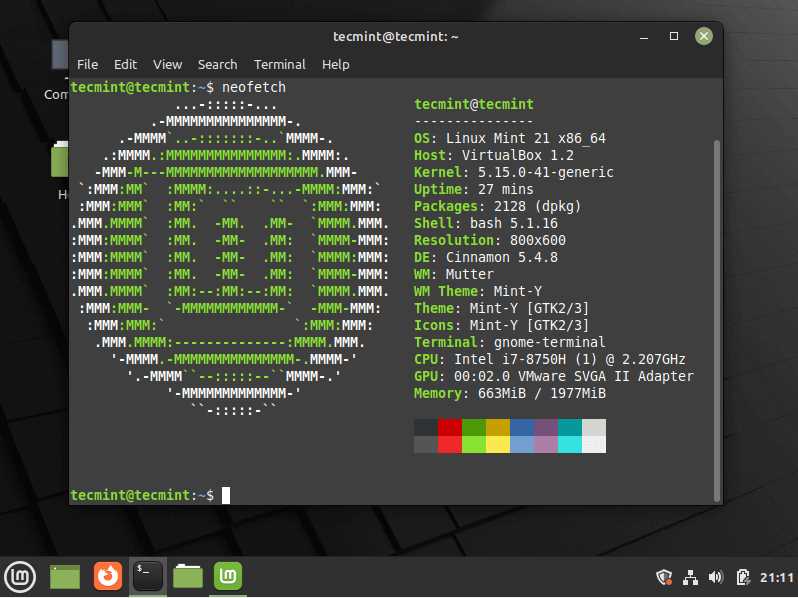
If you’re experiencing performance issues or encountering compatibility problems with your graphics card on Windows 7, it may be time to update your GPU drivers. Keeping your drivers up to date is crucial for optimal performance and stability, as new updates often include bug fixes, performance improvements, and support for the latest games and applications.
Updating GPU drivers on Windows 7 is a straightforward process that can be done in just a few simple steps. In this step-by-step guide, we’ll walk you through the process of updating your GPU drivers to ensure you’re getting the best possible experience from your graphics card.
Step 1: Identify Your GPU
Before you can update your GPU drivers, you’ll need to know the make and model of your graphics card. To do this, right-click on the desktop and select “Screen Resolution” or “Display Settings.” Then, click on “Advanced Settings” or “Advanced” to access the graphics card information. Take note of the make and model of your GPU.
Step 2: Visit the Manufacturer’s Website
Once you have identified your GPU, visit the manufacturer’s website. Most major GPU manufacturers, such as NVIDIA or AMD, have a dedicated support page where you can download the latest drivers for your specific graphics card model. Look for a “Drivers” or “Support” section on the website.
Step 3: Download and Install the Latest Drivers
On the manufacturer’s website, locate the drivers for your specific GPU model and download the latest version. Make sure to select the correct operating system, in this case, Windows 7. Once the download is complete, run the installer and follow the on-screen instructions to install the new drivers.
Step 4: Restart Your Computer
After the installation is complete, it’s recommended to restart your computer to ensure that the new drivers are properly applied. This will also help to avoid any potential conflicts or issues with the previous drivers.
Step 5: Verify the Driver Installation
Once your computer has restarted, verify that the new GPU drivers have been successfully installed. Right-click on the desktop and select “Screen Resolution” or “Display Settings.” Click on “Advanced Settings” or “Advanced” and check the driver version. It should match the version you downloaded from the manufacturer’s website.
Updating your GPU drivers on Windows 7 is an essential maintenance task that can significantly improve your system’s performance and compatibility. By following this step-by-step guide, you’ll be able to keep your graphics card up to date and enjoy the latest features and optimizations.
Why Update GPU Drivers?

Updating GPU drivers on Windows 7 is essential for several reasons. Here are a few key reasons why you should regularly update your GPU drivers:
| Improved Performance | Updating your GPU drivers can significantly improve the performance of your graphics card. New driver updates often include optimizations and bug fixes that can enhance the overall performance and stability of your system. |
| Compatibility | Updating your GPU drivers ensures that your graphics card is compatible with the latest software and games. Newer drivers are often optimized for the latest games and applications, allowing you to take advantage of new features and improvements. |
| Security | Outdated GPU drivers can pose security risks as they may have vulnerabilities that can be exploited by malicious software. Updating your drivers helps ensure that your system is protected against potential security threats. |
| Bug Fixes | GPU driver updates often include bug fixes for known issues. Updating your drivers can help resolve graphical glitches, crashes, and other issues that may occur while using your graphics card. |
| New Features | Driver updates can introduce new features and functionality to your graphics card. By keeping your drivers up to date, you can take advantage of these new features and enjoy an enhanced computing experience. |
Overall, updating your GPU drivers on Windows 7 is crucial for optimal performance, compatibility, security, and to ensure you have access to the latest features and improvements.
Improved Performance

Updating your GPU drivers on Windows 7 can significantly improve the performance of your computer. Outdated drivers can cause various issues, such as slow system performance, crashes, and compatibility problems with new software and games.
By updating your drivers, you ensure that your GPU is running on the latest software, which often includes performance optimizations and bug fixes. This can result in smoother gameplay, faster rendering times, and overall better graphics performance.
Additionally, updated drivers can also provide support for new features and technologies, allowing you to take full advantage of the capabilities of your GPU. This can include support for DirectX versions, new shader models, or improved compatibility with the latest games and applications.
Regularly updating your GPU drivers is especially important if you are a gamer or use demanding software that relies heavily on graphics processing. By keeping your drivers up to date, you can ensure that your Windows 7 system is running at its best and that you are getting the most out of your GPU.
Bug Fixes and Stability

Updating your GPU drivers on Windows 7 is crucial for ensuring optimal performance and compatibility with the latest software and games. However, it’s not just about getting the latest features and improvements. Updating your GPU drivers also brings bug fixes and stability enhancements that can greatly improve your overall computing experience.
With each driver update, manufacturers like NVIDIA and AMD address known issues and bugs that may have been affecting the performance or stability of your GPU. These bug fixes can range from minor graphical glitches to more serious issues that could cause crashes or system instability.
By regularly updating your GPU drivers, you can ensure that these bugs are patched and resolved, providing a smoother and more reliable experience on your Windows 7 system. Whether you’re a casual user or a hardcore gamer, having a stable and bug-free GPU driver is essential for getting the most out of your graphics card.
In addition to bug fixes, driver updates also often include stability improvements. These improvements can help optimize the performance of your GPU and ensure that it runs smoothly and efficiently. They may include optimizations for specific games or applications, as well as general performance enhancements that can benefit all users.
Overall, keeping your GPU drivers up to date on Windows 7 is essential for both bug fixes and stability improvements. It’s a simple and straightforward process that can greatly enhance your computing experience and ensure that you’re getting the best performance out of your graphics card.
Compatibility with New Games and Software

Updating your GPU drivers on Windows is essential to ensure compatibility with new games and software. As technology advances, game developers and software companies release updates that require the latest drivers to run smoothly. By keeping your GPU drivers up to date, you can take advantage of new features, improved performance, and enhanced graphics.
When you update your GPU drivers, you ensure that your system is capable of running the latest games and software without any compatibility issues. Outdated drivers may result in crashes, performance issues, or even prevent you from launching certain games or applications.
Updating your GPU drivers is a simple process that can be done in a few steps. By regularly checking for updates and installing them, you can ensure that your system is always ready to handle the latest games and software releases.
Additionally, updating your GPU drivers can also improve the overall stability and security of your system. Driver updates often include bug fixes and security patches, which help protect your system from potential vulnerabilities.
In conclusion, updating your GPU drivers on Windows is crucial for maintaining compatibility with new games and software. By staying up to date, you can enjoy the latest features, improved performance, and enhanced graphics while ensuring the stability and security of your system.
Step 1: Identify Your GPU Model

Before you can update your GPU drivers on Windows 7, it’s important to know the exact model of your GPU. This information will help you find the correct drivers for your specific GPU model.
To identify your GPU model, follow these steps:
| 1. | Click on the “Start” button in the bottom left corner of your Windows 7 desktop. |
| 2. | Type “Device Manager” in the search bar and press Enter. |
| 3. | In the Device Manager window, expand the “Display adapters” category. |
| 4. | You will see the name of your GPU listed under the “Display adapters” category. Make a note of the exact model name. |
Once you have identified your GPU model, you can proceed to the next step of updating your GPU drivers on Windows 7.
Open Device Manager

To update your GPU drivers on Windows 7, you will need to open the Device Manager. The Device Manager is a built-in Windows tool that allows you to manage and update the drivers for all the hardware devices connected to your computer.
To open the Device Manager, follow these steps:
- Click on the “Start” button in the bottom left corner of your screen.
- In the search box, type “Device Manager” and press Enter.
- The Device Manager window will open, displaying a list of all the hardware devices installed on your computer.
Once you have opened the Device Manager, you can proceed to update your GPU drivers by locating the “Display adapters” category, expanding it, right-clicking on your GPU, and selecting “Update driver”.
Updating your GPU drivers is important as it can improve the performance and stability of your graphics card, as well as fix any compatibility issues with the latest software and games.
Expand the Display Adapters Category

To update your GPU drivers on Windows 7, you need to first expand the Display Adapters category in the Device Manager. Here’s how:
- Click on the Start button and type “Device Manager” in the search bar.
- Click on the Device Manager option in the search results to open it.
- In the Device Manager window, locate and click on the arrow next to the “Display Adapters” category to expand it.
- You should now see the name of your GPU listed under the Display Adapters category.
Expanding the Display Adapters category allows you to access and update the drivers specifically for your GPU. Once you have expanded the category, you can proceed with updating the drivers for your GPU.
Note Down the GPU Model
Before you begin the update process, it’s important to note down the model of your GPU. This information will help you find the correct drivers for your Windows 7 operating system.
To find the GPU model, follow these steps:
- Click on the “Start” button in the bottom left corner of your screen.
- Select “Control Panel” from the menu.
- Click on “Device Manager.”
- In the Device Manager window, expand the “Display adapters” category.
- You will see the name of your GPU listed under the “Display adapters” category. Note down the exact model name.
Once you have the GPU model, you can proceed with finding and downloading the latest drivers for your Windows 7 operating system. Updating your GPU drivers is essential for optimal performance and compatibility with the latest software and games.

